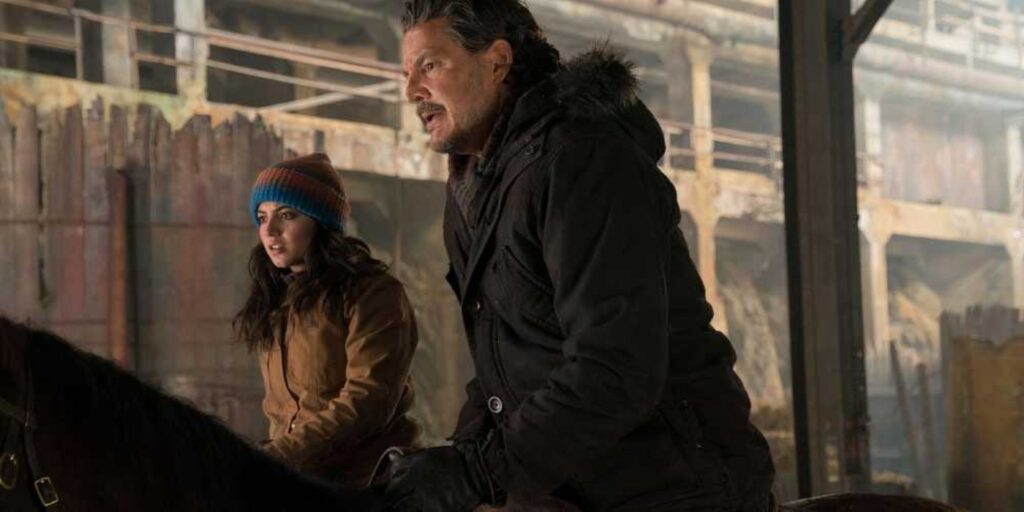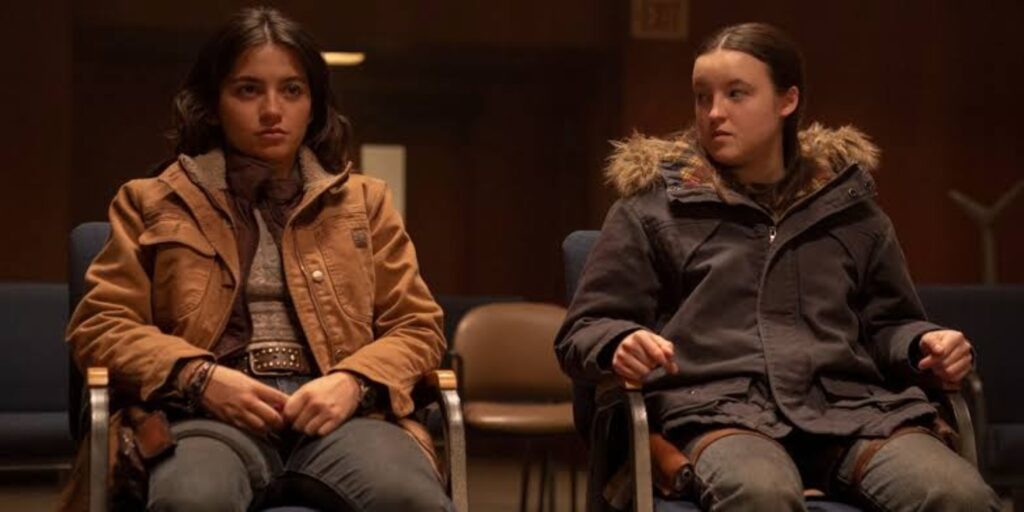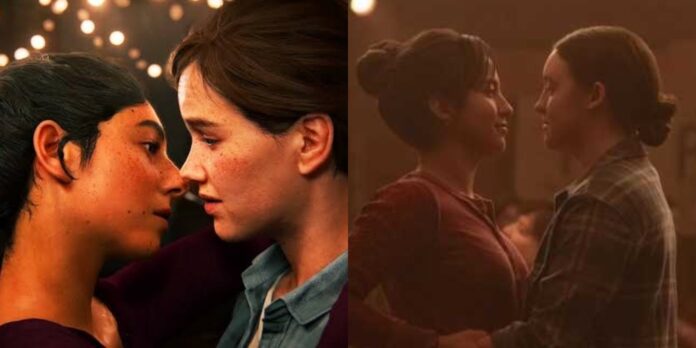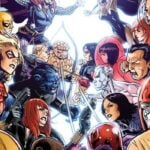When HBO adapted ‘The Last of Us’, fans were braced for change. The first season proved that the showrunners weren’t interested in simply recreating the game; they were building something new.
The show wasn’t a word-by-word copy; it was inspired by the game and reimagined several scenes and characters. However, as season two unfolds, one major departure has many fans feeling disoriented: the recharacterization of Dina.
‘The Last Of Us’: HBO’s Version Of Dina Is As Vengeful As Ellie

In the game, Dina is a deeply empathetic and morally grounded figure which is in contrast to Ellie’s increasingly dark path. Their romantic relationship is not only the emotional core of the game’s second chapter but a landmark for queer representation in gaming. In contrast, the television version of Dina is more guarded, less clearly in love with Ellie, and far more motivated by her own grief and anger. This reimagining opens new doors. However, it also risks slamming others shut.
In ‘The Last of Us Part II’, Dina doesn’t hesitate to follow Ellie into danger. Her decision is powered by love, pure and simple. She joins Ellie’s vengeance quest not out of strategy or shared trauma, but because she cannot bear to let Ellie walk that path alone. She’s the warmth in Ellie’s increasingly cold world. In the show, however, Dina is not an anchor. She’s a force. She plans their journey, scouts the supplies, and ensures their safety.
She’s still loyal, but her motivations aren’t as simple or romantic. This Dina has her own reasons to chase down Abby and her crew, and much of that stems from her fleshed-out relationship with Joel. The show reveals her as a kind of surrogate daughter to him, someone who loved him dearly, separately from Ellie. This is a massive shift. It reframes the quest from being Ellie’s grief-driven descent into something shared.
Suddenly, Dina’s presence is not a sign of companionship, but a parallel vengeance arc. That subtle shift has huge implications. Where game-Dina tried to steer Ellie away from self-destruction, show-Dina might be walking hand-in-hand toward it. Even Dina’s moments of restraint, like stopping Ellie from making impulsive decisions, don’t seem rooted in moral clarity, but in tactical thinking.
The Show Reimagines Dina And Ellie’s Relationship Quite Differently

Perhaps the most jarring change is the romantic ambiguity between Ellie and Dina. In the game, their kiss at the dance is pivotal. It’s the moment their feelings crystalize, the point from which their love story blooms. There’s no doubt: they’re in love, even if they’re still figuring it out. In the show, that moment happens and is brushed aside. Dina shrugs it off, insists she’s not gay, and tells Ellie she’s gotten back together with Jesse.
In case you missed it: How Joel’s Tragic Fate In ‘The Last Of Us’ Episode 2 Compares To The Game Version
It feels evasive, perhaps even cold. For viewers who cherished the depth and clarity of their in-game romance, this comes as a gut punch. Is this still a love story at all? There’s a chance this is intentional. After all, not everyone figures out their sexuality quickly, especially in a world as brutal and repressive as this one. Perhaps we’re watching Dina work through her identity and coming to terms with her bisexuality over time.
But it’s a risk. Because right now, Dina feels emotionally distant. Her love for Ellie isn’t obvious. And when her actions are motivated more by vengeance than affection, it becomes harder to believe their relationship will ever reach the emotional peaks it did in the game. So, will the show actually commit to portraying this queer love story in full? Or is it being sidelined?





